Women can sometimes be almost invisible in genealogy research. In most Western countries, until the 20th century, a woman’s legal rights were transferred to her husband along with all her property. She would also take her husband’s surname and would often be referred to by his first name as well; e.g. “Mrs. John Smith”. So, researching women can be more difficult than for men. Here are some places to look to help you research the women in your family.
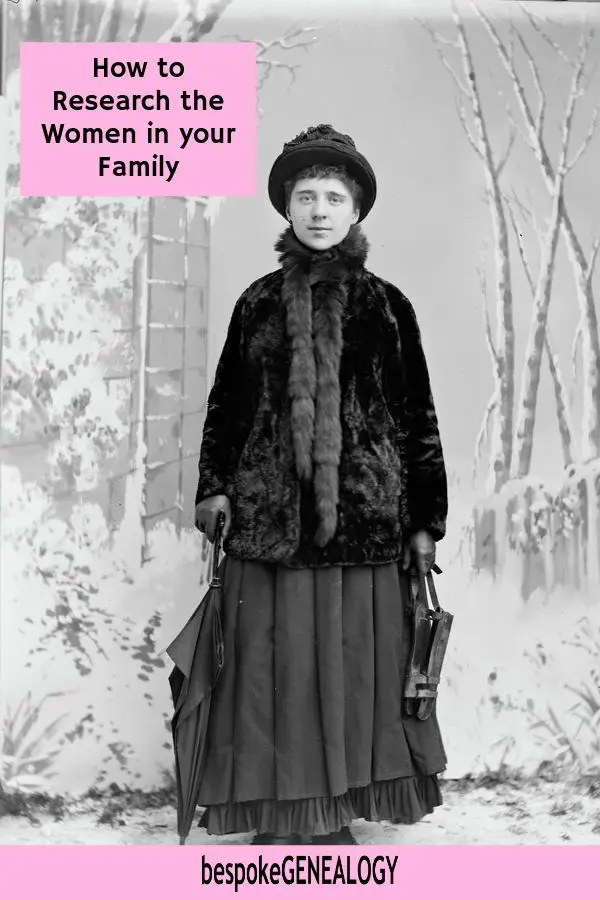
I’ve mostly used examples from Great Britain in this post, but the same principles often apply in other Western countries.
Civil Registration
Civil registration of births, marriages and deaths began in most western countries in the mid 1800s. It is usually advisable to get hold of copies of actual records if possible as these should yield more information than the indexes.
Most birth records will show the maiden surname of the mother. If you are lucky enough to have Scottish ancestors, birth records usually show the date and place of a child’s parents’ marriage. This is incredibly useful if your ancestors have common names.
Marriage records will, of course, show the previous surname of the bride. This is usually her maiden name, but it may be her previous married name. In a time before life insurance or widow’s pensions, a woman often had to re- marry as soon as possible after the death of her husband. This was especially true if she had a young family to support.
I have found women in the 19th century marrying three or more times during their lives. So, tracking back and finding all the marriages of a particular woman can sometimes knock down a brick wall.
Again, Scottish records have more detail on them than those from England and Wales. South of the border, marriage records will show the names of the fathers of the bride and groom. In Scotland the names of all four parents are shown including the maiden names of the mothers.
For more information on English and Welsh civil registration see: How to find English and Welsh Vital Records. For Scottish records see: Scottish Genealogy: Making the Most of Scotland’s People. And for Ireland: How to Find Free Irish Vital Records.
Marriage Locator
Incidentally, here is a useful free tool called Marriage Locator from the Guild of One Name Studies. You can use this to determine the English or Welsh parish your ancestors got married in from the General Register Office index. The same information is on both the GRO marriage record and the parish register. So, if the parish records are available online, this tool will help you find it and save you the cost of a marriage certificate.
Church Records
Before the start of civil registration, baptisms, marriages and burials were recorded in parish registers. Usually only a minimum of information was recorded, but at least the maiden name of women in marriage entries were usually recorded. Occasionally, a minister will be very diligent and record extra information such as the maiden name of a mother on a baptism record. So, copies of records should always be obtained in case there are some additional nuggets to be found.
If available, other church records should be sought out. Kirk Session Minutes in Scotland, for example, may record a suspected father of an illegitimate birth. These particular records are held by the National Records of Scotland. They will eventually be available online on the Scotland’s People website.
For more information on English and Welsh church records see: A Guide to British Parish Registers. For Scottish records see: Scottish Genealogy: Making the Most of Scotland’s People. And for Ireland: How to Find Irish Parish Registers.
Newspapers
Newspapers can be really useful for tracking women, especially if they were socially active in the 19th and 20th centuries. They may appear in announcements, reports of meetings or in news articles.
Even if your female ancestors were ordinary working women, they may still appear in newspapers in:
- Family notices – birth, marriage and death announcements
- Obituaries
- News articles – for example in a criminal court case as a defendant or a witness.
The largest collection of British and Irish newspapers online is the British Newspaper Archive. Access to this collection is also available with some Findmypast subscriptions.
For more on British and Irish newspapers see: Online British Newspapers and Find Your Irish Ancestors with Online Newspapers.
Wills and Probate
A lot of information about women can be found in Wills. Often when a property-owning man died, he made a provision for his wife so that she had an income during her lifetime. If she inherited property outright, she probably also made a Will herself.
Many Wills are available online including on Findmypast.
Nursing
From the late 19th century onward, after the reforms of Florence Nightingale, nursing became a respectable profession and one of the few available to women. There is a good chance that you will have at least one nursing ancestor in your family tree.
For more on the nursing profession see: How to find your Nursing Ancestors.
Trade Directories
Women would sometimes run a small business such as a shop. If they were single or widowed, their name and business may be listed in a trade directory.
Historical directories, known as trade or street directories first appeared in London in the 17th century. They were later published in the larger cities such as Leeds and Manchester before becoming common in smaller towns.
For more information, see: Use Historical Directories to find your Ancestors.
Suffragettes
The fight for women’s votes in the UK became very intense in the early part of the 20th Century, especially after the formation of the Women’s Social and Political Union (WSPU) in 1903. Members of this movement became known as Suffragettes.
If you have Suffragette ancestors, check out the Suffragette Collection at FindMyPast, in conjunction with the National Archives. Included in this historic collection are arrest records, parliamentary papers, watch lists, personal statements, reports of force-feeding, transcripts of speeches and much more.
See also: Was Your Ancestor a Suffragette?
Happy researching!
Please pin a pin to Pinterest:

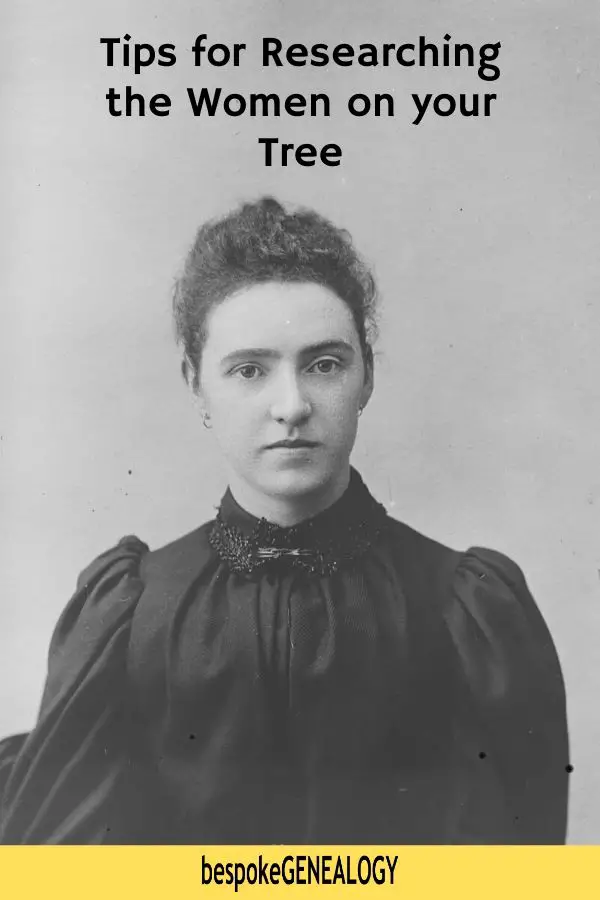
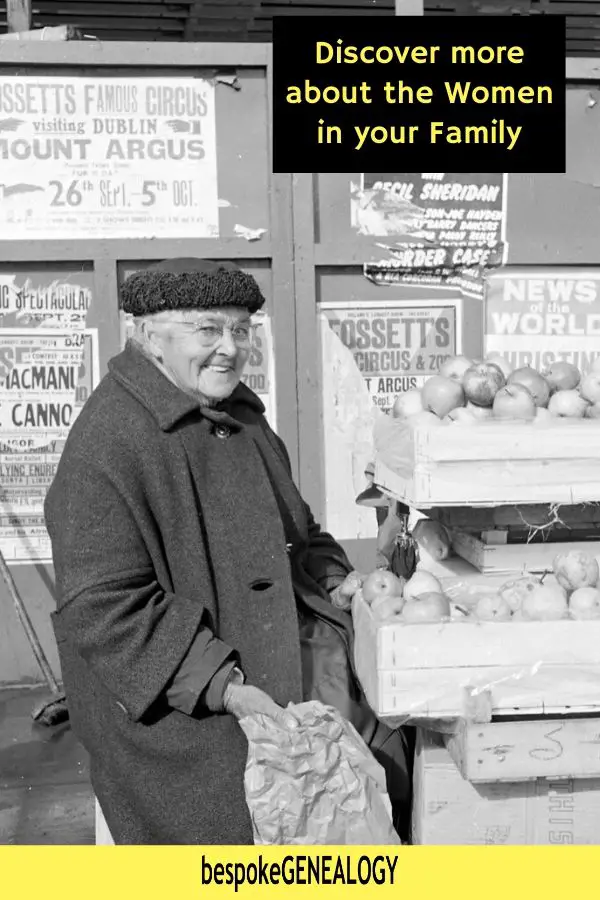
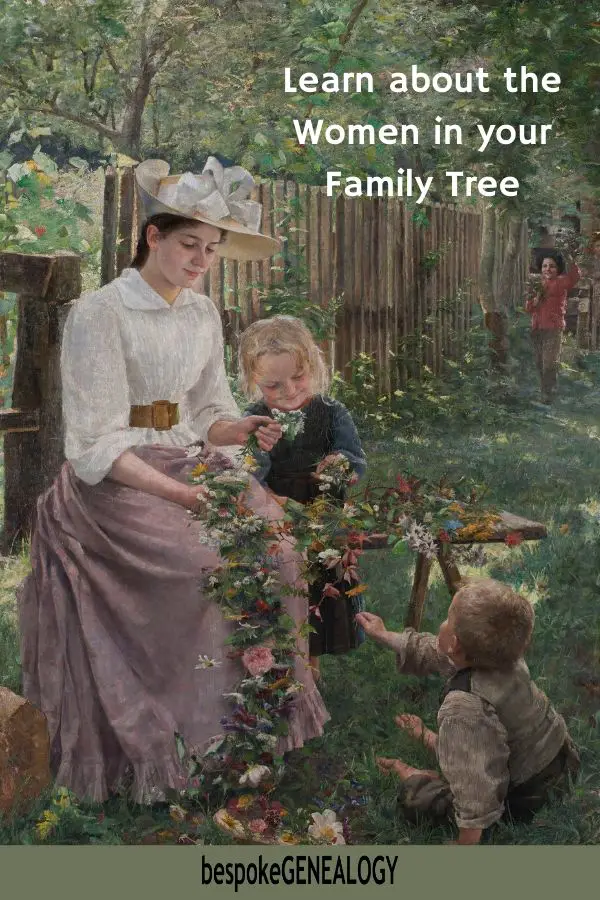
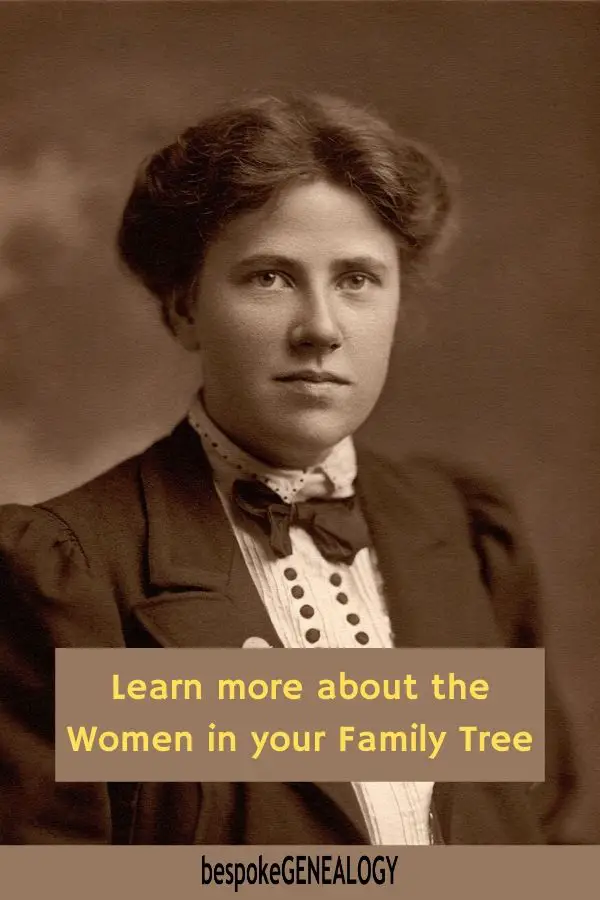
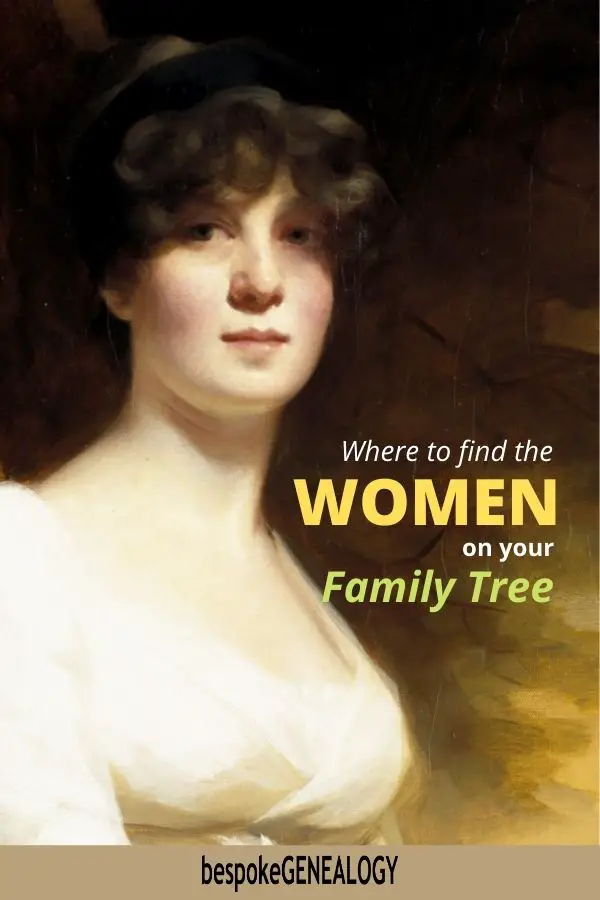
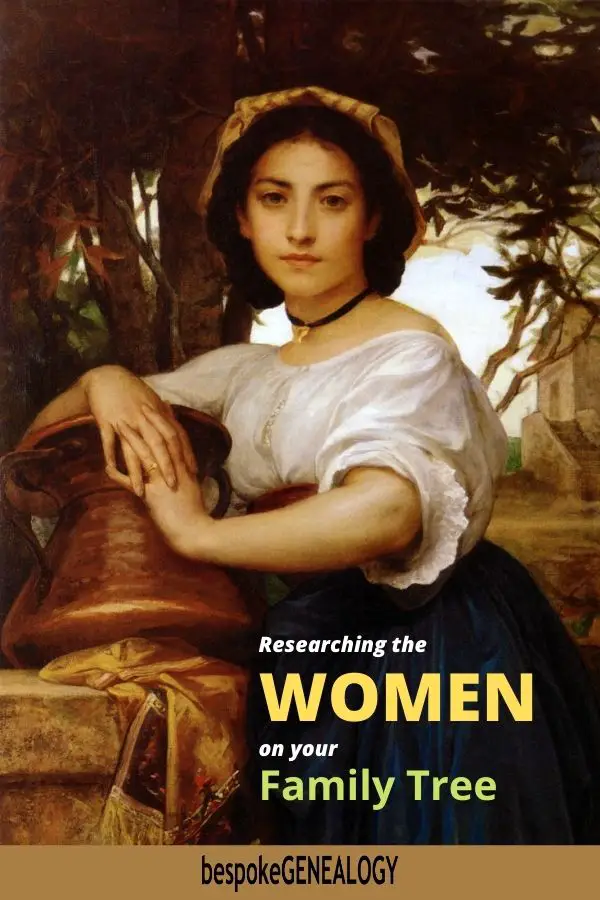
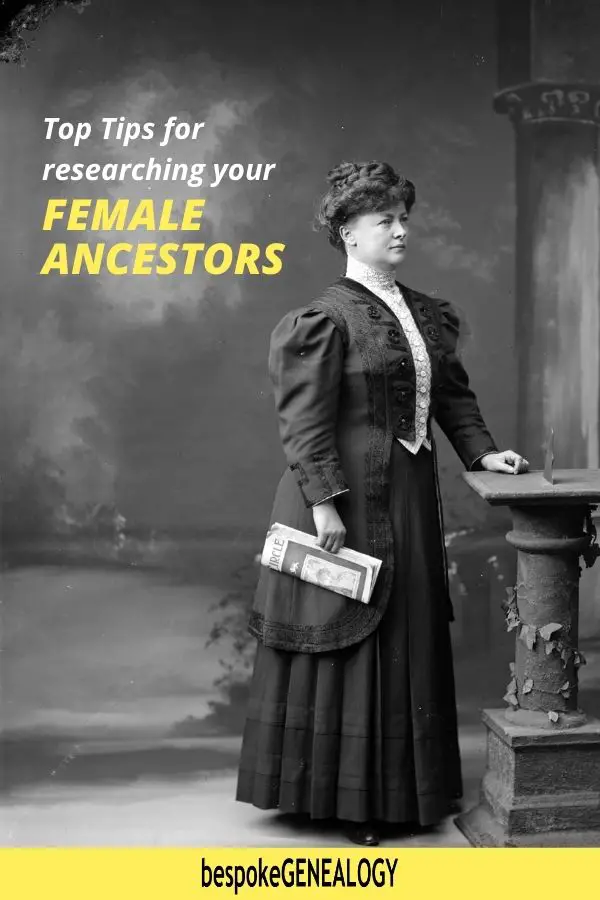
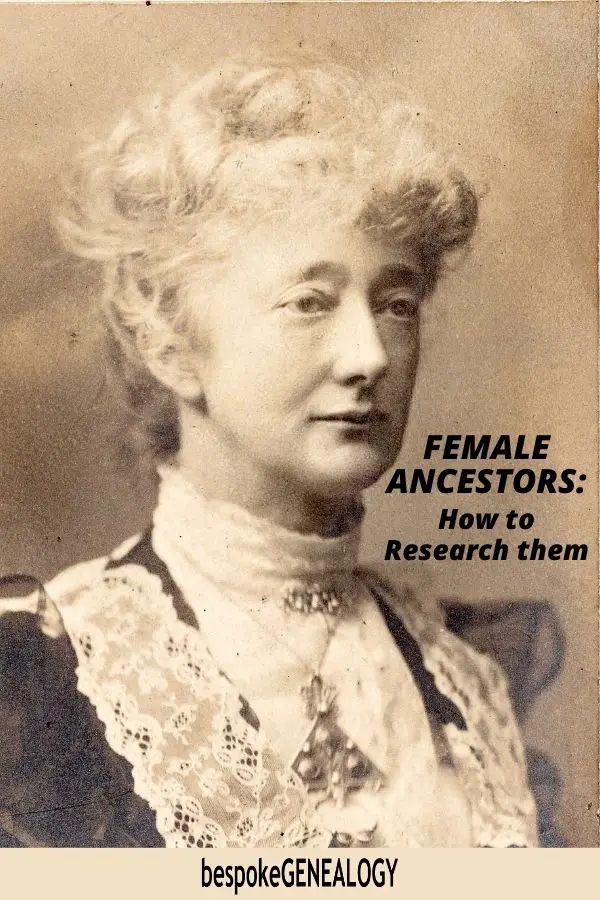
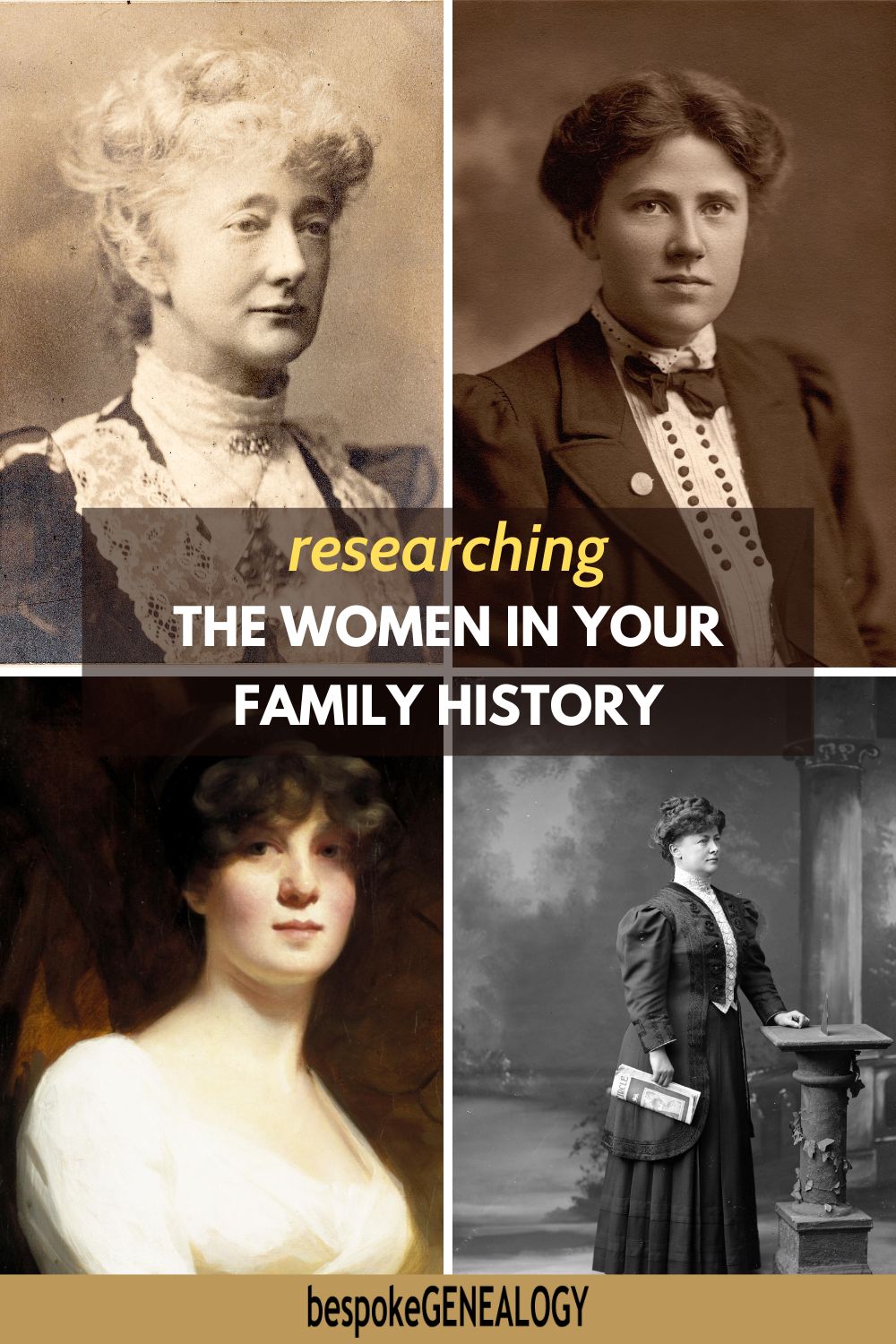
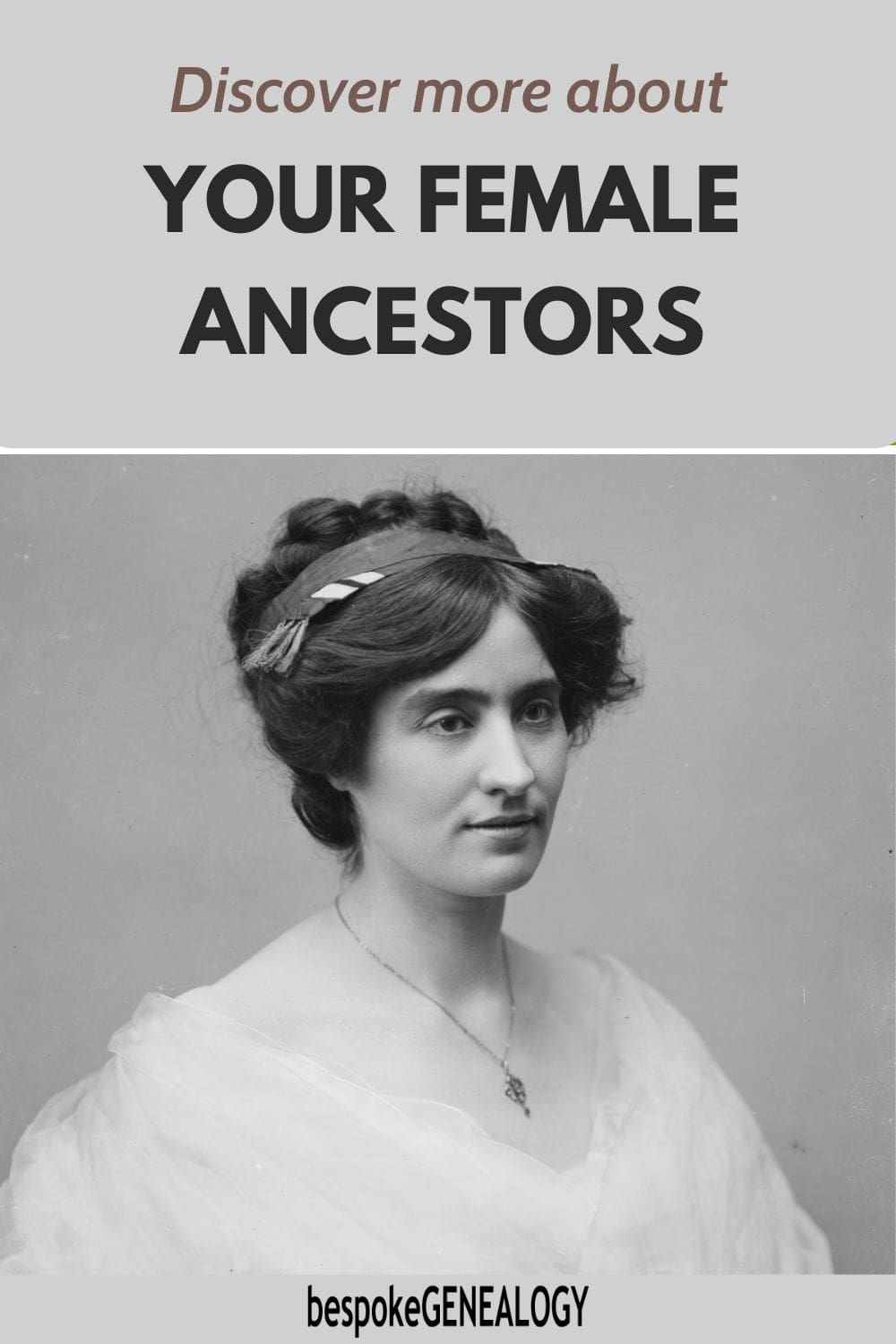

Leave A Comment